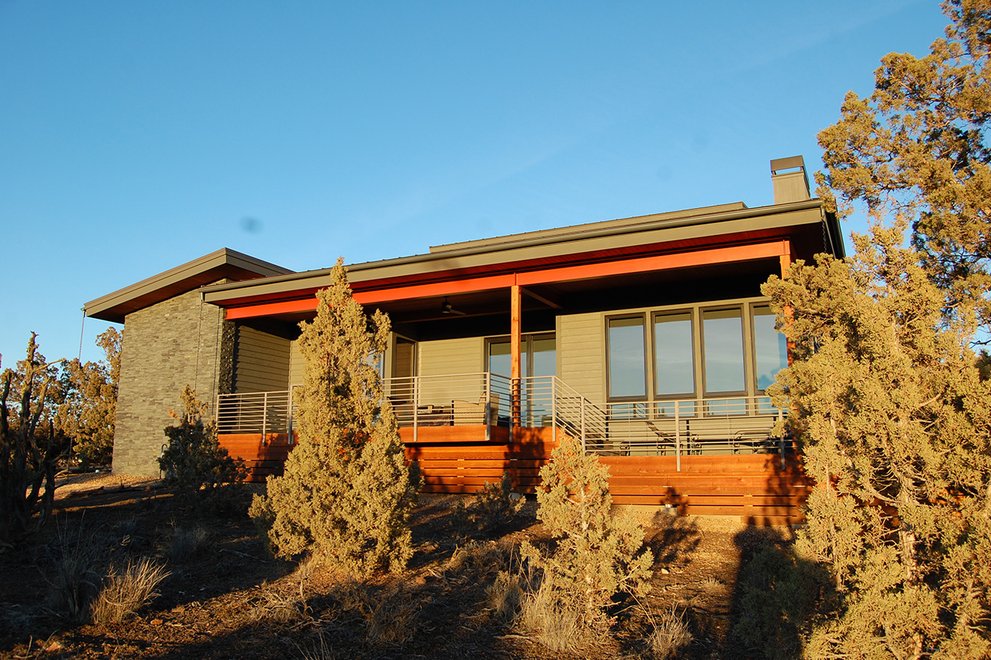

High-density doesn’t always work out so well … has it’s downsides for many. And apartments (without rent-to-own anyways) usually have landlords who invest and then reap everything - until the tenant has to move out (to where?) Low-cost housing coupled with rent-to-own, OTOH, leaves dwellers with at least the prospect of owning … and maybe a back yard, a little garden, without strangers and users wandering the hallways.








Lots of wannabe authoritarians out there in educationland.
All those decades that the schools just -couldn’t afford- more (well-educated) teachers and smaller class sizes. Lots of low-end look-good.
And then along came tech, and lo-and-behold, IT was going to be the savior. Let’s buy into that! We may not be able to teach them to read, write or think, but they can learn to kneel!